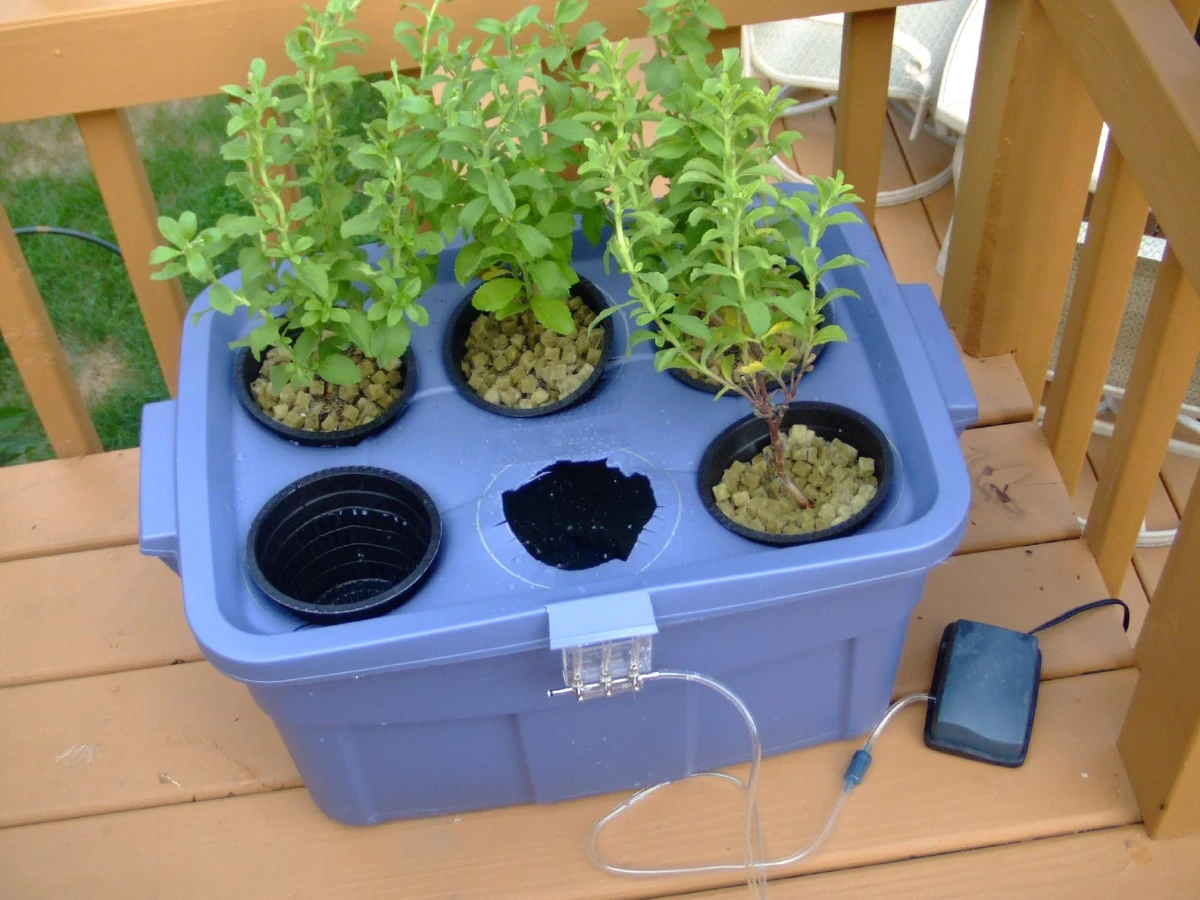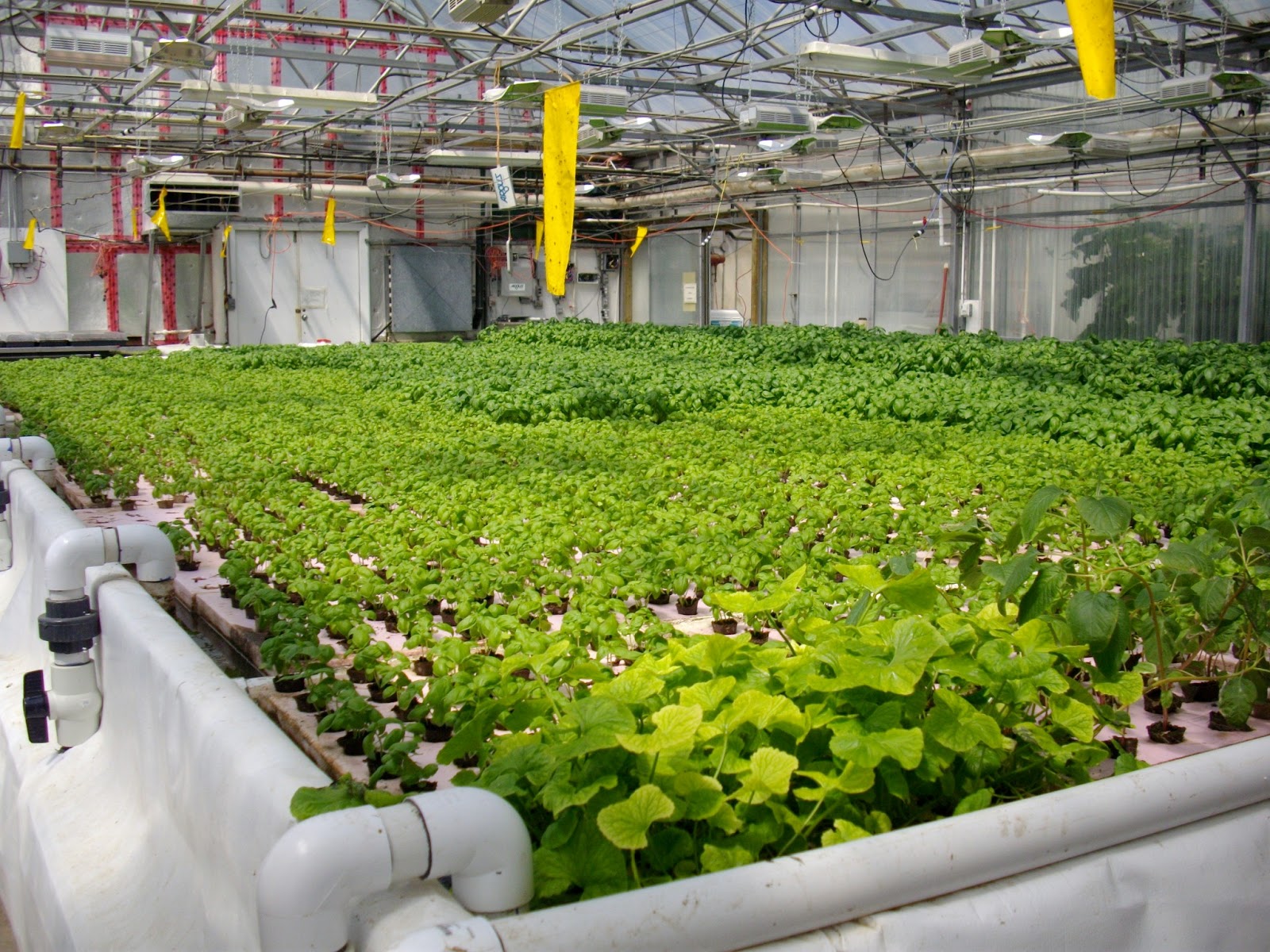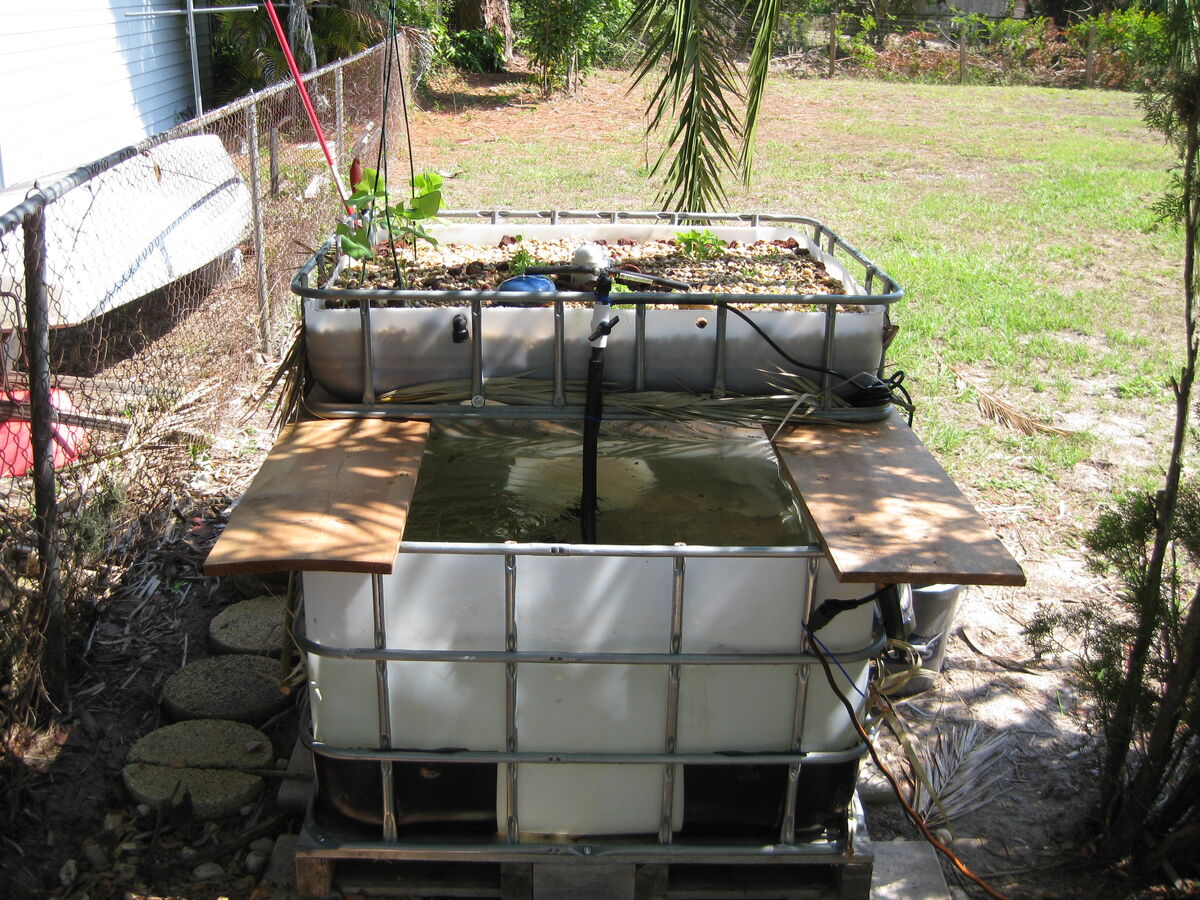Welcome to the Aquaponics Wiki, your ultimate resource for everything aquaponics! This comprehensive guide will take you on a journey through the fascinating world of aquaponics, where fish and plants thrive in harmony, creating a sustainable and bountiful ecosystem.
From the fundamentals of aquaponics to practical tips and troubleshooting advice, this wiki has everything you need to embark on your own aquaponics adventure. So, dive in and discover the secrets to growing your own fresh, organic produce while raising healthy fish in a closed-loop system.
Aquaponics System Overview
Aquaponics is a sustainable food production system that combines aquaculture (fish farming) and hydroponics (growing plants in water). The system relies on the natural symbiotic relationship between fish and plants. Fish waste provides nutrients for the plants, and the plants filter and clean the water for the fish.
An aquaponics system typically consists of three main components: a fish tank, a grow bed, and a sump. The fish tank houses the fish, which produce waste that contains nutrients essential for plant growth. The grow bed is where the plants are grown.
The water from the fish tank is pumped into the grow bed, where the plants absorb the nutrients and filter the water. The water then returns to the fish tank, completing the cycle.
If you’re interested in learning more about aquaponics, the wiki is a great place to start. It covers everything from the basics of aquaponics to more advanced topics like system design and troubleshooting. If you’re looking for more specific information on hydroponics in Mississauga, hydroponics mississauga is a great resource.
They offer a variety of hydroponic systems and supplies, as well as expert advice on how to get started with hydroponics. Once you’ve learned the basics of aquaponics, be sure to check out the wiki for more in-depth information.
Benefits of Aquaponics
- Increased productivity:Aquaponics systems can produce more food per unit area than traditional agriculture. This is because the plants are constantly supplied with nutrients from the fish waste, which allows them to grow faster and produce more yields.
- Reduced water usage:Aquaponics systems are very water-efficient. The water is recirculated and reused, which means that there is very little water loss. This makes aquaponics a sustainable option for areas where water is scarce.
- Reduced fertilizer usage:Aquaponics systems do not require the use of chemical fertilizers. The fish waste provides all the nutrients that the plants need.
- Reduced environmental impact:Aquaponics systems are environmentally friendly. They do not produce any harmful runoff, and they help to reduce the amount of water pollution.
Challenges of Aquaponics
- High start-up costs:Aquaponics systems can be expensive to set up. The cost of the fish tank, grow bed, and other equipment can be significant.
- Technical complexity:Aquaponics systems are more technically complex than traditional agriculture. It is important to have a good understanding of the system in order to operate it successfully.
- Disease management:Fish and plants in aquaponics systems are susceptible to diseases. It is important to have a good disease management plan in place to prevent and treat diseases.
Plant Selection and Management
Plant selection is crucial for a successful aquaponics system. Consider factors like growth rate, nutrient requirements, and compatibility with fish. Optimal plant spacing ensures proper root development and nutrient uptake. Monitoring plant health through regular inspections and water quality testing helps identify and address any issues promptly.
Suitable Plants for Aquaponics
- Leafy greens: lettuce, spinach, kale, Swiss chard
- Herbs: basil, mint, cilantro, parsley
- Fruits: tomatoes, peppers, cucumbers
- Root vegetables: carrots, radishes, beets
Plant Spacing and Density
Proper plant spacing allows for optimal root development, nutrient absorption, and air circulation. Dense planting can lead to competition for resources and disease spread. Use recommended spacing guidelines for each plant species to ensure healthy growth.
Monitoring and Maintaining Plant Health
Regular plant inspections help detect pests, diseases, or nutrient deficiencies early on. Water quality testing provides insights into nutrient levels and pH, enabling timely adjustments to maintain optimal plant growth conditions.
Fish Selection and Management
Fish selection is a crucial aspect of aquaponics, as the type of fish will determine the design and management of the system. The fish species should be compatible with the plants being grown and the water quality parameters.
The most common fish species used in aquaponics are tilapia, catfish, and perch. These fish are relatively easy to raise, have a good feed conversion ratio, and are tolerant of a wide range of water conditions.
Optimal Stocking Density
The optimal stocking density for fish in an aquaponics system depends on the species of fish, the size of the system, and the water quality. As a general rule, the stocking density should be between 1 and 2 pounds of fish per 10 gallons of water.
Water Quality Requirements, Aquaponics wiki
Fish have specific water quality requirements, including temperature, pH, dissolved oxygen, and ammonia levels. The water quality should be monitored regularly and adjusted as necessary to maintain optimal conditions for the fish.
Disease Prevention and Treatment
Disease prevention is essential in aquaponics. The best way to prevent disease is to maintain good water quality and to avoid overcrowding the fish. If disease does occur, it is important to treat it promptly to prevent it from spreading.
Nutrient Management

Nutrient management is crucial in aquaponics to ensure optimal growth and health of both plants and fish. It involves understanding the nitrogen cycle, testing and adjusting nutrient levels, and utilizing appropriate fertilizers.
Beneficial Bacteria in the Nitrogen Cycle
Beneficial bacteria play a vital role in the nitrogen cycle within an aquaponics system. They convert toxic ammonia excreted by fish into nitrite and then into nitrate, which is essential for plant growth. These bacteria reside in the biofilter, where they facilitate the conversion process.
Testing and Adjusting Nutrient Levels
Regularly testing nutrient levels is essential to ensure optimal plant growth. Common tests include pH, ammonia, nitrite, nitrate, and phosphorus. Based on the test results, adjustments can be made by adding or removing water, adjusting pH levels, or adding fertilizers.
Organic and Inorganic Fertilizer Use
Both organic and inorganic fertilizers can be used in aquaponics. Organic fertilizers, such as compost or fish emulsion, provide a slow-release of nutrients over time. Inorganic fertilizers, such as chemical salts, provide a more immediate source of nutrients. The choice of fertilizer depends on the specific needs of the plants and the desired growth rate.
- Organic fertilizers:Enhance soil structure, promote microbial activity, and provide a natural source of nutrients.
- Inorganic fertilizers:Provide a quick and precise source of nutrients, but can be more expensive and may not benefit soil health as much as organic fertilizers.
System Design and Components

Designing an aquaponics system involves selecting the appropriate components and arranging them in a way that optimizes plant growth and fish health. There are several types of aquaponics systems, each with its own advantages and disadvantages. The most common types include media-based systems and raft-based systems.
Media-based systems use a solid growing medium, such as gravel or expanded clay pellets, to support the plants. The water is circulated through the growing medium, providing the plants with nutrients and oxygen. Raft-based systems use floating rafts to support the plants.
The rafts are placed in a tank of water, and the roots of the plants are submerged in the water. The water is circulated through the tank, providing the plants with nutrients and oxygen.
Pumps
Pumps are used to circulate the water in an aquaponics system. The size and type of pump required will depend on the size of the system and the type of plants being grown. For small systems, a submersible pump may be sufficient.
For larger systems, a centrifugal pump may be required.
Filters
Filters are used to remove solids from the water. Solids can build up in the water over time, which can lead to problems with plant growth and fish health. There are several types of filters that can be used in an aquaponics system, including mechanical filters, biological filters, and chemical filters.
Other System Components
In addition to pumps and filters, there are a number of other components that may be needed for an aquaponics system. These components include:
- Tanks: Tanks are used to hold the water and fish.
- Grow beds: Grow beds are used to grow the plants.
- Lighting: Lighting is used to provide the plants with the light they need to grow.
- Heating: Heating is used to keep the water at a consistent temperature.
- Cooling: Cooling is used to keep the water from getting too hot.
System Maintenance and Troubleshooting
Aquaponics systems require regular maintenance to ensure that they are operating properly. This maintenance includes cleaning the filters, checking the water quality, and monitoring the fish health. If any problems arise, it is important to troubleshoot the system to identify and fix the problem.
Economic Considerations

Aquaponics, combining aquaculture and hydroponics, presents economic opportunities and challenges. Understanding the costs and revenue potential is crucial for successful system implementation.
Setting up an aquaponics system requires significant investment in infrastructure, equipment, and operating expenses. Factors like system size, technology, and location impact the overall costs.
Setup Costs
- Infrastructure:Building or adapting facilities for fish tanks, grow beds, and water filtration systems.
- Equipment:Pumps, filters, aerators, and monitoring devices for water quality management.
- Materials:Growing media, fish feed, and nutrients for plant growth.
Operating Costs
- Energy:Electricity for pumps, lighting, and temperature control.
- Labor:Regular maintenance, fish care, and plant management.
- Supplies:Fish feed, nutrient supplements, and occasional repairs.
Revenue Streams
Aquaponics systems generate revenue through the sale of:
- Fish:Edible fish species such as tilapia, trout, or salmon.
- Plants:Leafy greens, herbs, and vegetables grown in the hydroponic component.
- Byproducts:Fish waste can be processed into organic fertilizer, providing additional income.
Profitability Factors
The profitability of aquaponics systems depends on various factors, including:
- Market demand:Local market demand for aquaponics products.
- Production efficiency:Optimizing fish and plant growth to maximize yields.
- Operating costs:Minimizing expenses through energy efficiency and proper management.
- Government incentives:Support programs or subsidies for sustainable agriculture practices.
Outcome Summary: Aquaponics Wiki
Aquaponics is not just a sustainable food production method; it’s a testament to the interconnectedness of nature. By understanding the delicate balance between fish and plants, we can harness their symbiotic relationship to create a thriving ecosystem that nourishes both our bodies and the planet.
Embrace the wonders of aquaponics, and let’s cultivate a more sustainable and resilient food system together!
Expert Answers
What is aquaponics?
Aquaponics is a sustainable food production system that combines aquaculture (fish farming) with hydroponics (growing plants in water). It creates a symbiotic relationship where fish provide nutrients for the plants, and the plants filter the water for the fish.
What are the benefits of aquaponics?
Aquaponics offers numerous benefits, including increased crop yields, reduced water consumption, organic food production, space efficiency, and improved animal welfare.
How do I start an aquaponics system?
Starting an aquaponics system requires careful planning and preparation. Consider factors such as system size, fish species, plant selection, water quality management, and nutrient monitoring.
